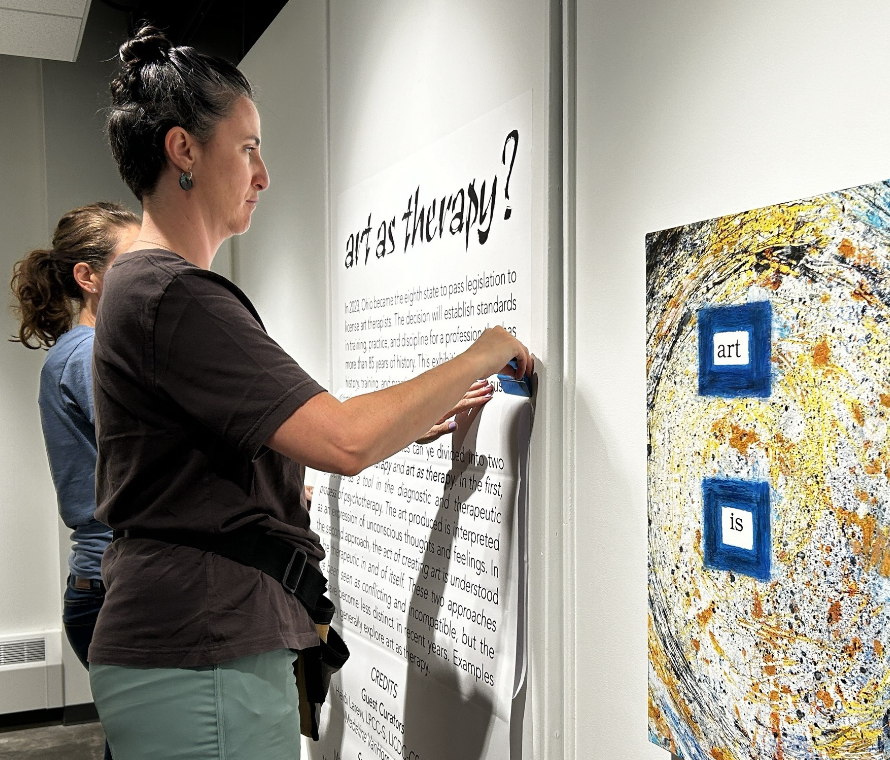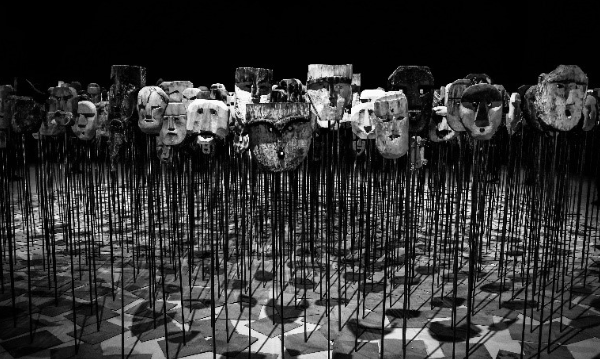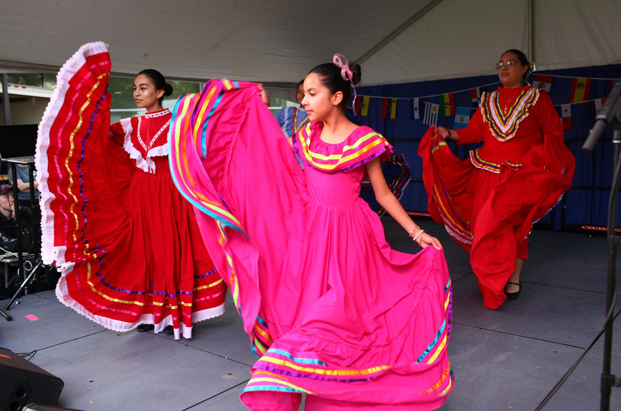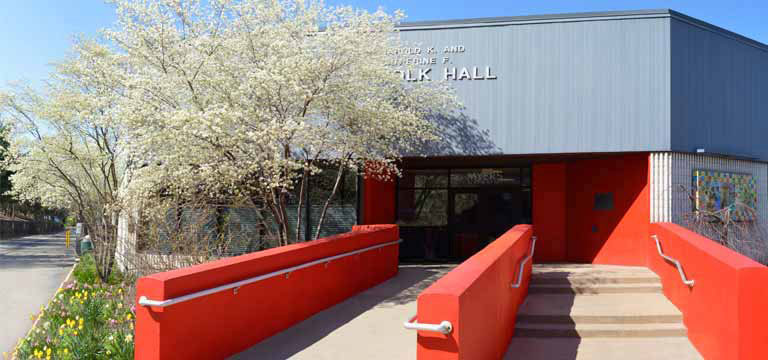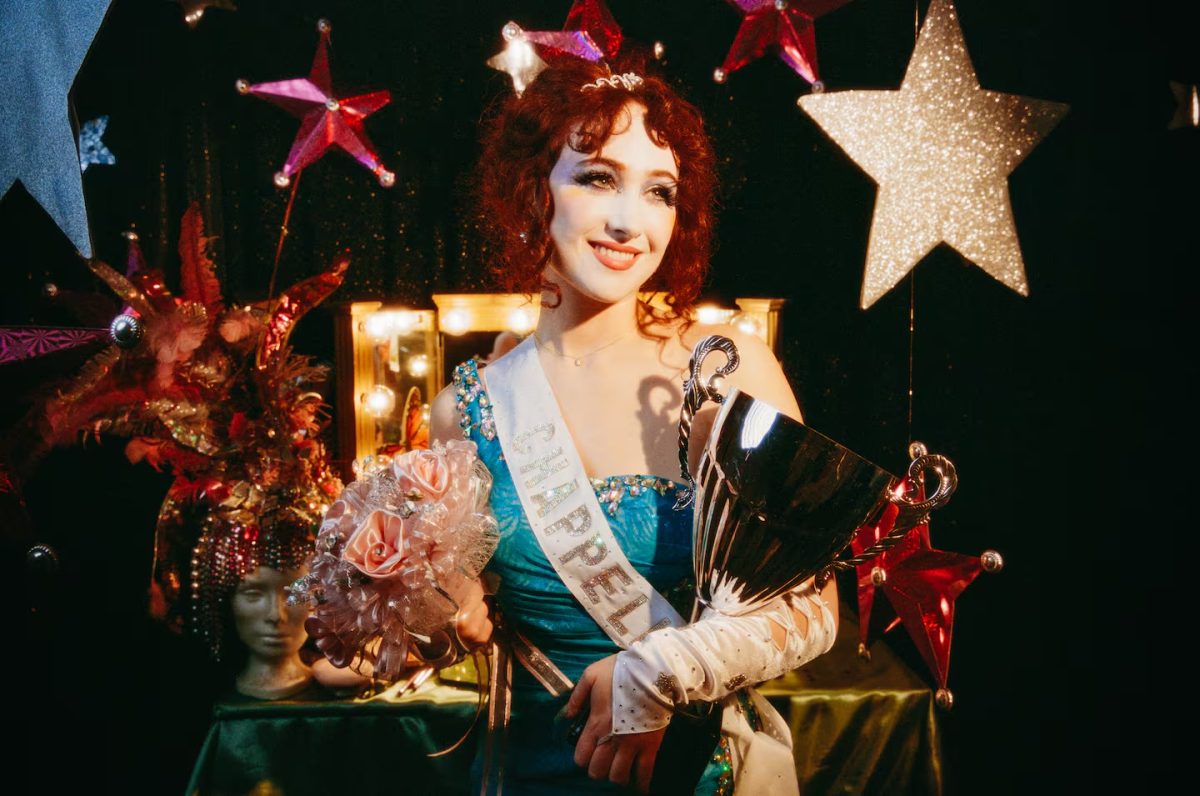By: Margaret Duff
The Myer’s School of Art has recently installed a new show in the Emily Davis Gallery, called “Within the Landscape, the Landscape Within.” Charles Beneke, exhibition curator and associate professor at the Myer’s School of Art, organized this show. As the title suggests, this show is comprised of 20 contemporary artists whose work is centered on the landscape and how the human culture interacts with it.
The landscape is one of the oldest, most universal topics ever explored in art. It has been expressed through virtually every media, and “Within the Landscape” emphasizes this fact by showcasing a strong variety of work. The medias in the show include video, painting, printmaking, sculpture, performance, installation, photography, collage, and other diverse types of visual art.
Upon entering the gallery, you are met by two small, impressionistic landscape paintings, titled “Kiilopaa,” by Dean Dass. This traditional work is followed (and contrasted) by Jason Lanka’s work, which consists of a large wooden chair, easily seven feet tall, and claw-like costume pieces hanging from the walls. These were used in his performance piece, “Disparate Bodies,” which he discussed in a lecture at Folk Hall earlier this month.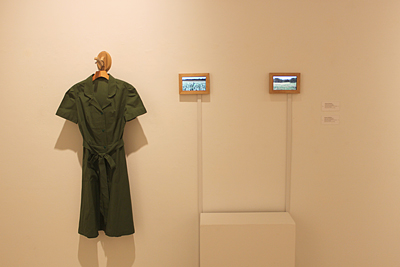
The artists featured in this show were not only concerned with the more naturalistic aspects of our landscape. Christopher Cannon’s phenomenal screenprints, “Top Kill Error” and “LRAD Control Error,” were much more concerned with the digital landscape that we exist in, which was emphasized by the unnatural colors, pixilated shapes, and the overall graphic quality of these prints.
There is elegance to the sheer inventiveness of some of the pieces in this exhibition. For example, Katy Store’s “Lunar Drift,” which is simply comprised of tiny, flowerlike shapes made of acrylic on plastic film and paper that are pinned to the wall in a starry, organic flow. They sit an inch or so off of the wall on thin pins, and each piece occasionally shivers with the movement of the air in the gallery.
This show has provided more to Akron students and faculty than the typical exhibition. Not only are there a myriad of inspiring pieces of art in the gallery, but also the artists themselves have made one-on-one connections with students. Jason Lanka and Summer Zickefoose, who are each displaying objects and clothing used in performance pieces that took place outside of the gallery. Zickefoose’s work was a performance during which she ate a bowl of cornflakes while sitting in a harvested Indiana cornfield. This piece evokes numerous connections with the landscape, such as the physical consumption of the landscape’s product, the green of her dress that corresponds with the color of the plants, and other details.
Lanka also installed human-sized, wooden sewing needles in a line near the front entrance of Folk Hall. The needles are in exact proportion to the human body, and allude to our connections to the landscape.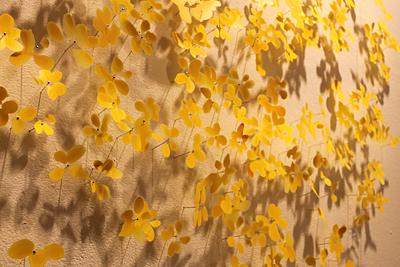
Painter Adam Fung also gave an intimate gallery talk with students on Tuesday. He mostly discussed his painting in the gallery, “This Only Happens Once?” which, is based on an early memory of the eruption of Mt. St. Helens. This, like much of his work, is made as a response to his deep interest in mountains. Fung loves the mystery and challenge that mountains present humans, and said, “What is above knows what is below. What is below does not know what is above.” He sees his memory Mt. St. Helens’ eruption as a symbol for the elusive nature of our landscape. He also discussed his painting method and creative process, which was very informative for students and faculty alike.
Another artist with strong connections to the Myers School of Art was Sean Morrissey. Morrissey recently received his master’s degree in printmaking, and was the featured emerging artist for the fall thinkInk Editions program. He gave a lecture and demonstration at the Myer’s School of Art, as well as talked to students about his experience with graduate school. His screen prints featured in the show are an example of how we develop the land, and our modern architecture.
The variety of the art in “Within the Landscape, the Landscape Within,” as well as the fact that artists in this show come from all around the world, certainly underscores the prevalence of this topic. Artists everywhere are responding to the natural and unnatural landscapes that we place ourselves in, and whatever sentiments one holds towards the environment are expressed clearly in these artists’ work. The fact that the University can connect these artworks, and the artist themselves, to students, is a wonderful thing that students consistently benefit from. It will come as no surprise if we begin to see the landscape reflected in artwork made by students at the Myer’s School. This show will be up through December 3rd, and is well worth the brief walk down Exchange to see.



